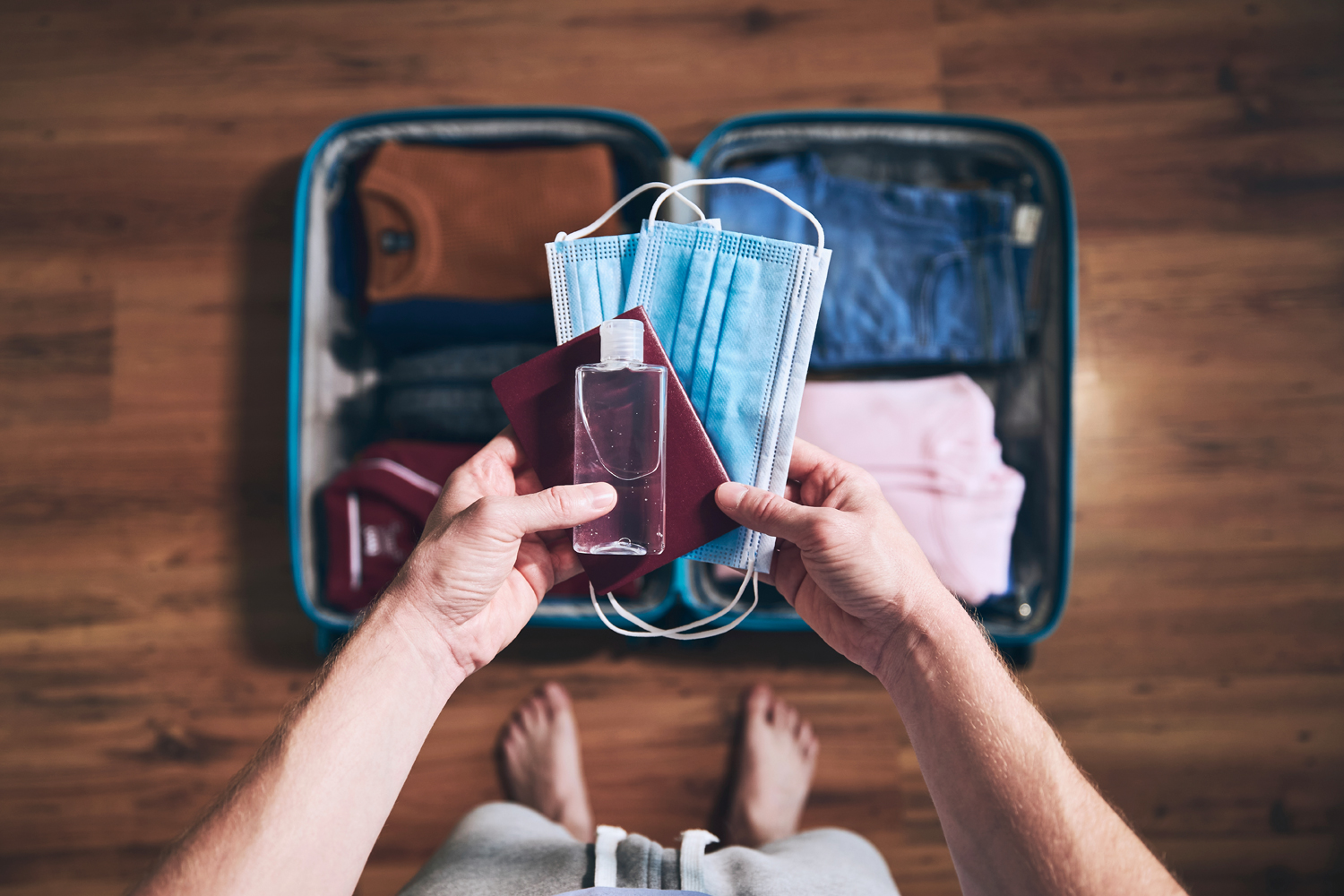
K.J. Bannan Photo by Suz Redfearn
THE FIRST DAY OF MY MOTHER’S immunotherapy treatment for non-small cell lung cancer was rough. We arrived early for what would be a day of appointments, blood work and an infusion, but the day did not go as planned.
In our rush to get out the door, we skipped breakfast and forgot a key piece of paperwork at home. We also realized we left my mother’s yarn and crochet hooks sitting on the dining room table. So we improvised. My husband texted us a photo of the blood work results we needed. We snacked on the cookies and tea available in the waiting room and borrowed a book from the hospital’s lending library.
Vowing to be better prepared for the next infusion two weeks later, we created what we called our cancer go bag, which came with us to every appointment and emergency room visit during my mother’s 20 months of treatment.
Filling a lightweight care bag can be invaluable for patients and their caregivers during cancer treatment, says Allison Vallance, a nurse coordinator at the Breast Center at Smilow Cancer Hospi tal in New Haven, Connecticut, which provides these bags to cancer patients who are starting treatment.
“It provides a comfort to the patient and caregiver in a situation where the patient [feels like they have] zero control,” she says. “This is one thing that we can prepare for as best as we can.” Pulling from her own experiences as a breast cancer survivor, Vallance suggests some essential items for a care bag.
Recent test results and visit notes. While your cancer center likely has all your treatment-related information in an electronic medical record, Vallance recommends creating a binder or folder to keep copies of recent office visit notes, imaging reports, medications, pathology reports, blood work results and even DVDs of scans, if you have them. Having all this information in one place can be useful for unexpected emergency room visits where doctors may not have access to your medical records. You can also include other health-related information, such as the presence of pacemakers or defibrillators that can affect whether it’s safe to get an MRI. Blank sheets of paper or a notepad can also be added to the binder, Vallance says, so you or your loved one can take notes.
Gum or mints. Vallance recommends people keep gum or mints in their bag. “A lot of the time I had a bad taste [in my mouth] during treatments—especially when they were pushing some of the medications [through the port],” she says.
Glasses, hearing aids and extra batteries. Patients and caregivers read and sign a lot of documents during visits. They also spend time watching television, reading books and magazines, and talking to health care providers. Vallance suggests packing a spare pair of reading glasses and set of hearing aid batteries if you or your loved one wears hearing aids.
Snacks and drinks. Most cancer centers and doctor’s offices provide water, coffee and tea in waiting areas. Some also offer small snacks, such as crackers and cookies. Vallance remembers craving different foods and packing accordingly. Protein bars and instant oatmeal are reliable snack options if your treatment goes long, she says.
Comfort items. Familiar items, including slippers, a favorite sweater or worry beads, can go a long way in easing the mind during treatment. The Breast Center at Smilow Cancer Hospital provides items such as nail files, a small ceramic teapot with assorted teas, and even comfort shawls made by volunteers. My mother’s comfort items included her crochet projects, hand cream and photos of her grandchildren, which she loved showing to people. She also kept practical items in the bag, such as a stash of mixed nuts and a small icepack for any after-blood-draw bruising.
Everyone’s bag will have different items, says Vallance, but “it should have anything you think will help give some sort of calm to the chaos,” she says.
Cancer Today magazine is free to cancer patients, survivors and caregivers who live in the U.S. Subscribe here to receive four issues per year.





